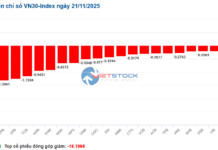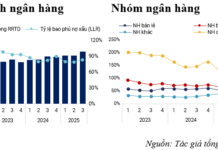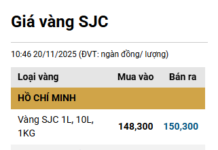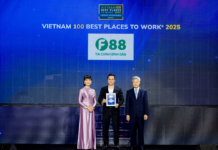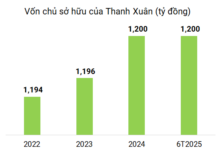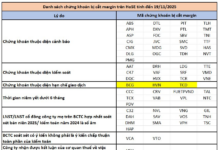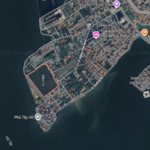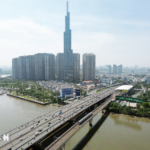The Pearl of Hanoi: A Cultural Landmark in the Making
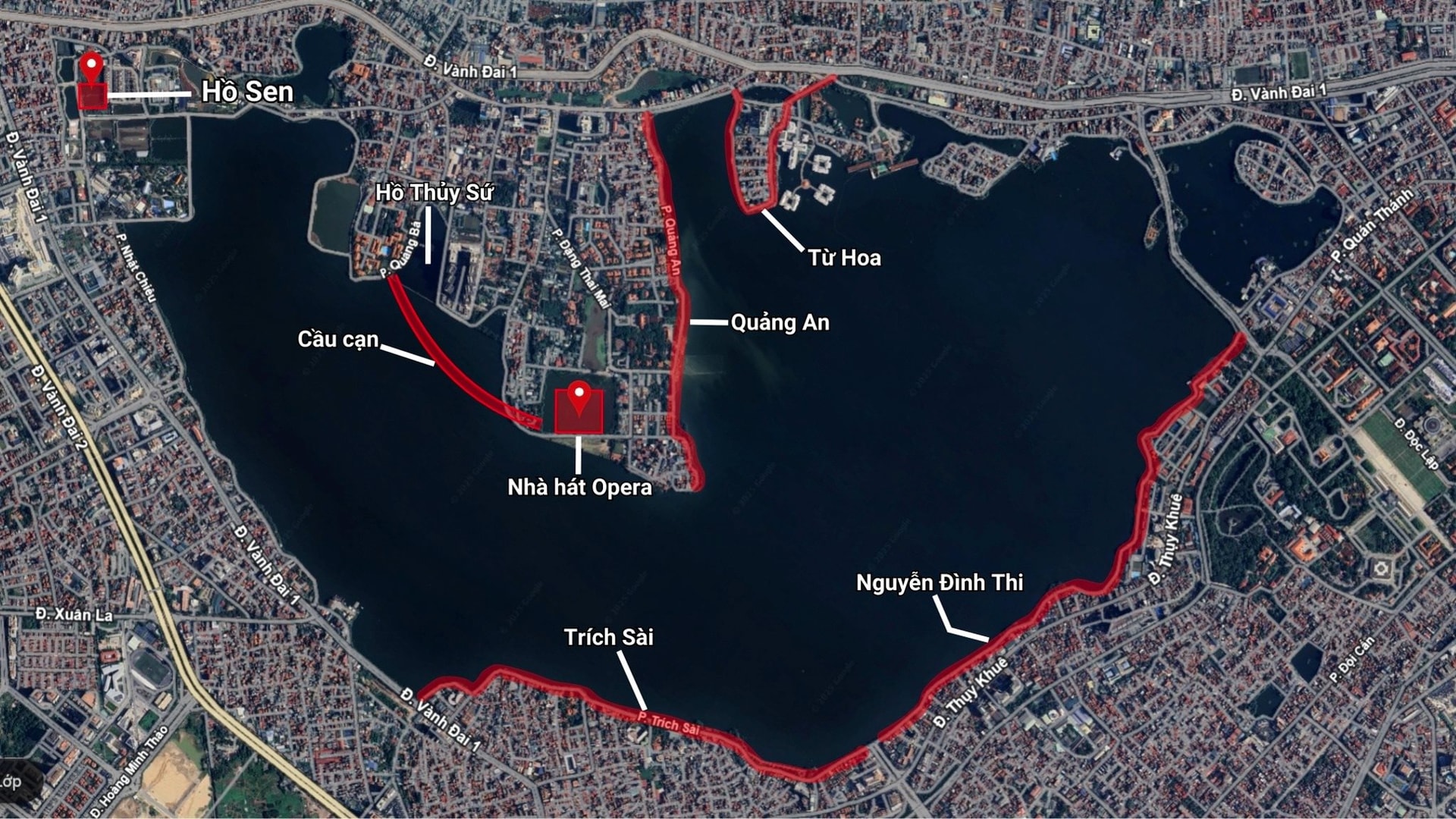
Map of Hanoi Opera House’s location
Among the world’s most expensive theater projects, such as the Sheikh Jaber Al-Ahmad Cultural Centre in Kuwait ($775 million) and the Copenhagen Opera House in Denmark ($370 million), a Vietnamese representative is set to join their ranks in 2029. The Hanoi Opera House, to be located on Quang An Peninsula in Hanoi, is estimated to cost up to VND 12,756 billion (approximately $485 million).
The Hanoi Opera House is part of the Sun Grand City Tay Ho View project, developed by Sun Group. The project is bordered by Dang Thai Mai Street to the east and southeast, with West Lake to its west. The northwest of the site adjoins existing residential areas, and a planned road connecting Dang Thai Mai and Quang Ba runs along its northern edge.
With a total land area of over 191,240 square meters, the project allocates approximately 182,000 square meters for the construction of the Pearl Theater and a park, while the remaining space is designated for parking and transportation.
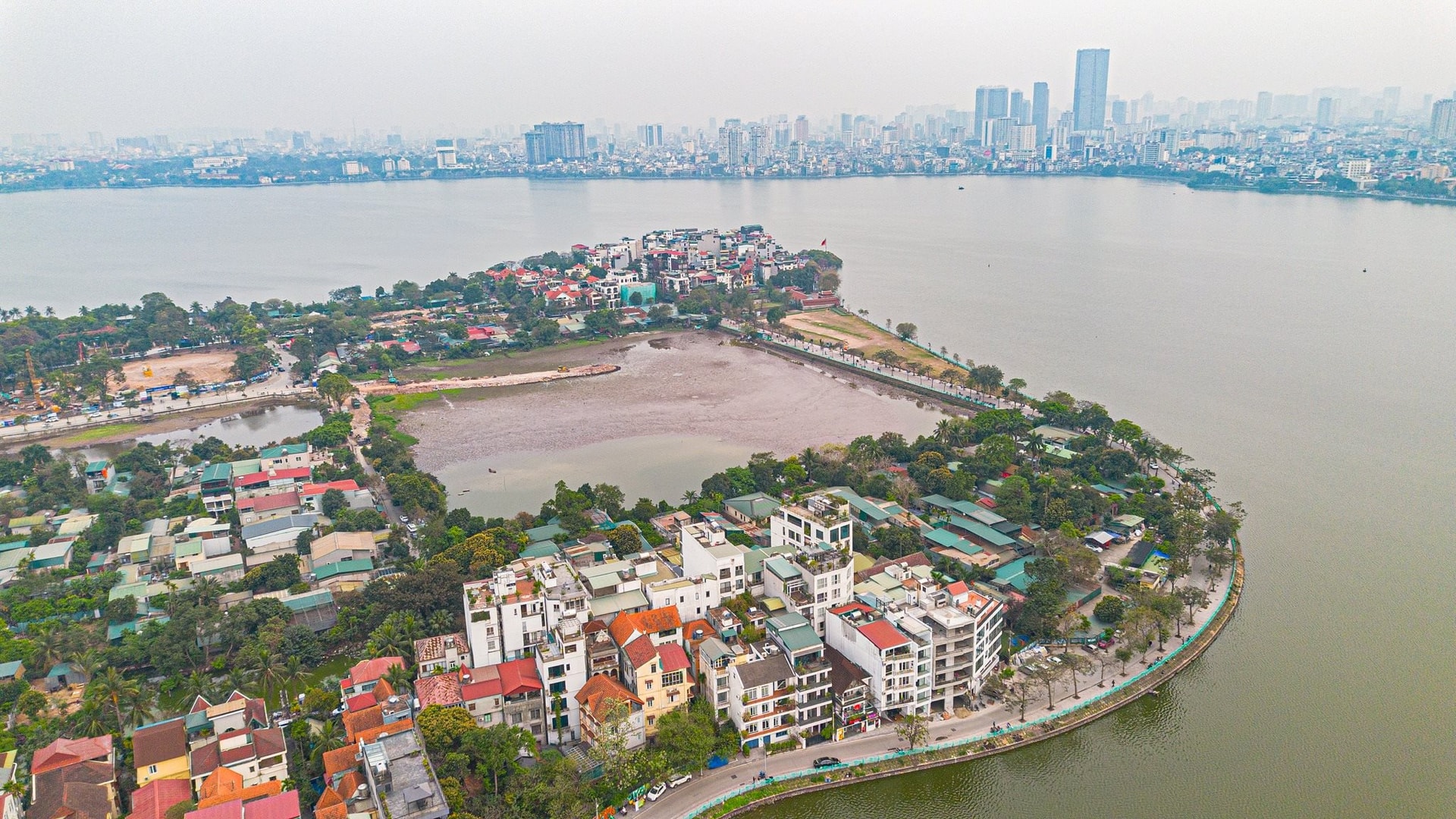
Concept design of Hanoi Opera House
Designed by renowned Italian architect Renzo Piano, the Hanoi Opera House boasts a unique dome-shaped architecture inspired by the waves of West Lake. The dome’s surface is covered with a layer of ceramic pearl effect, reflecting light and the movement of space and time with various hues of sky and water colors. Thus, at every moment of the day, from dawn to dusk and into the evening, the dome will showcase distinct color nuances.
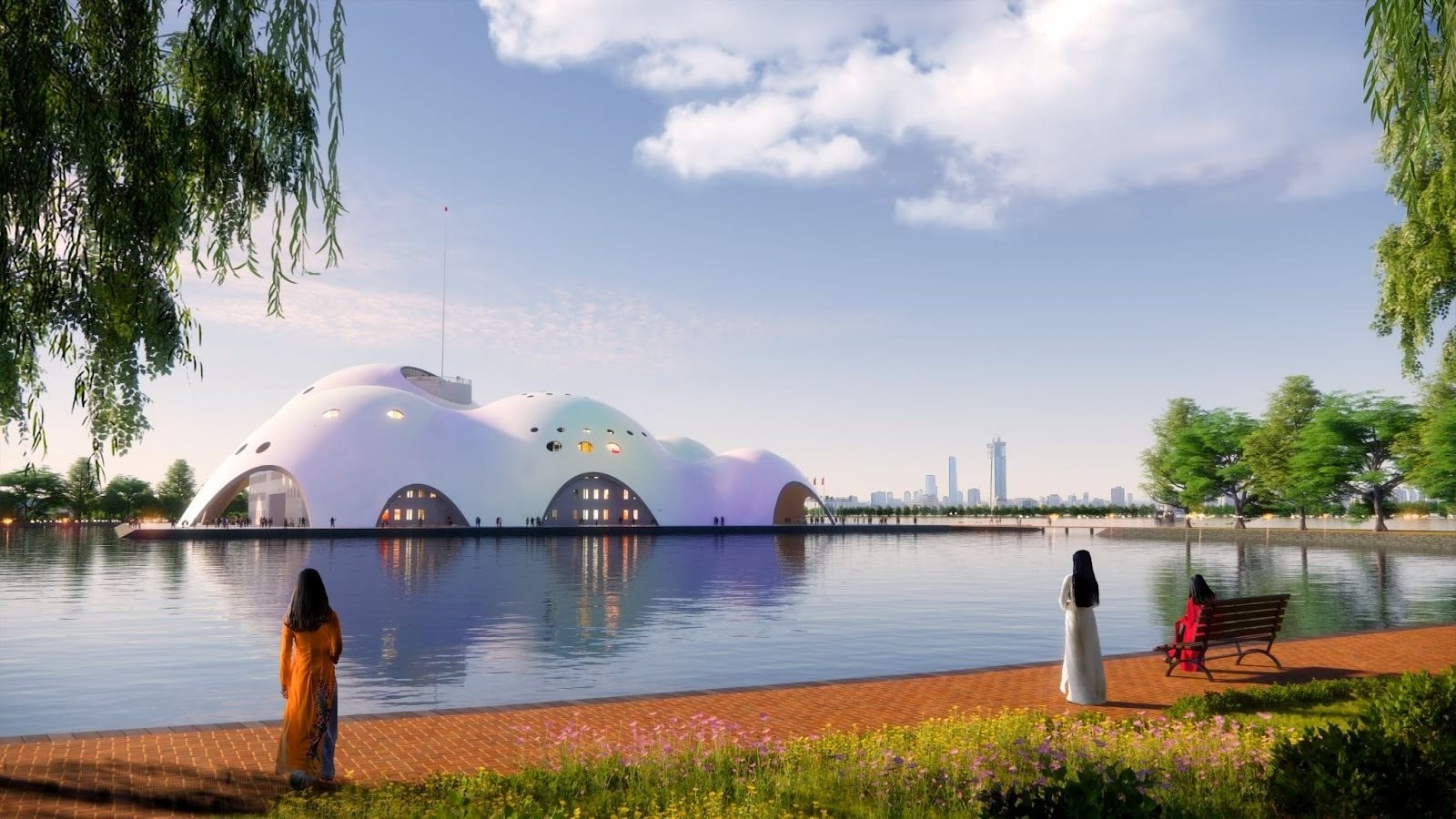
The dome of Hanoi Opera House will reflect different colors at various times of the day.
Besides its one-of-a-kind dome, the Hanoi Opera House incorporates advanced technologies and innovative design techniques. The walls of the main auditorium are equipped with a mechanical system of acoustic panels, ensuring optimal sound reflection, absorption, and reverberation time for various artistic programs. This system is a rarity among theaters worldwide.
Upon completion, the Hanoi Opera House is expected to be one of the largest theaters in Asia, with a seating capacity of more than 2,000.

The interior of the Hanoi Opera House is expected to resemble that of the Stavros Niarchos Foundation Cultural Center, also designed by Renzo Piano.
According to the approved schedule, the first three quarters of 2025 will be dedicated to project preparation. Following this, from the first quarter of 2029 onwards, the investor will have time to execute the project, with an expected completion date falling between the second and third quarters of 2029.
In late April 2025, the Hanoi People’s Committee announced that Sun City Company Limited, an affiliate of Sun Group, had successfully met the preliminary requirements for investor capacity and experience for the Opera House project. Established in May 2006, the company currently has a charter capital of over VND 3,265 billion.
After Tiền Phong’s criticism, Hanoi Opera House ‘terminates’ contract with Highlands Coffee
The previously leased space of the Hanoi Opera House, which was used as a Highlands Coffee shop, has been reclaimed and repurposed as a music venue following the reflection from the Tiền Phong newspaper regarding the encroachment on this heritage site.



